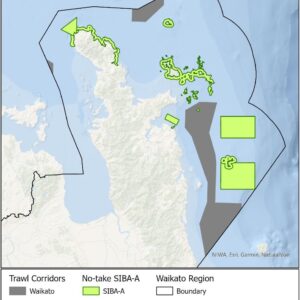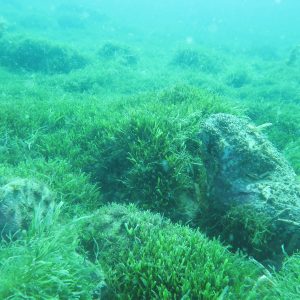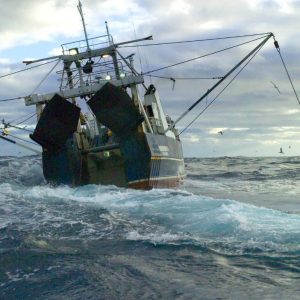For a long time we suspected that seagrass meadows were important to the life-cycle of fish, we just didn’t know how significant. A large-scale survey across New Zealand found regional differences in the species and numbers of juvenile fish hiding in amongst the seagrass beds. Undoubtedly further research will reveal more secrets over time.
What is clear from a fishing or boating perspective is wherever you fish or anchor this summer please be aware of the impact your activity is having on the seafloor and the seagrass in particular.

Seagrass meadows are considered by international scientists to be one of the most productive ecosystems in the world, ranked ahead of coral reefs. Research carried out by NIWA and published by the Ministry reveals sub-tidal seagrass meadows in northern New Zealand are important juvenile fish nurseries, particularly for snapper and trevally. This nursery value changes, depending on the depth and size of the seagrass bed, the coastline, and latitude.
Pipefish are common in Wellington Harbour. Pipefish are like stretched out seahorses and are particularly good at camouflaging themselves amongst the seagrass.
Who would have thought life underwater was so noisy for small fish? See what happens in this seagrass video from NIWA.
Life is relatively sedate until a kahawai races in to break up the party of small fish hanging out in the seagrass. Watch the NIWA video here.
Habitat loss
Rapid large-scale losses of seagrass is a worldwide problem. Biological, environmental and extreme weather events have been identified as causing significant declines, especially in shallower waters. Climate change indicators point to an increasing intensity of rain bursts, storms, and droughts in the coming years. These extreme events can all affect the survivability and quality of local seagrass meadows.
New Zealand’s seagrasses have proven to be acutely responsive to environmental changes, especially those altering water clarity. That clarity is affected by sedimentation, chemicals, and rubbish from city streets, and nutrient run-off from rural land. Given this, it is no surprise then that the productivity of our harbours and estuarine environments has decreased over time ultimately affecting the abundance and diversity of fish.
Making small changes to the way we live can have a positive impact on our marine environment if enough of us make the effort. LegaSea encourages you to think about what changes you can make. It can be as simple as refusing single-use plastics and using recyclable shopping bags instead, or not pouring chemicals or unused paint down the drain. In fishing terms, it could simply be using a reusable netted bag for your burley instead of a plastic bag, or drift fishing instead of anchoring. (The replacement net bags used for burley pots can be used without the pot). There is a raft of changes we can make if we stop to think for a while.
LegaSea will be doing more research and developing new messages about habitat protection in our FishCare guide. Please go online to www.fishcare.org.nz to find out more.





